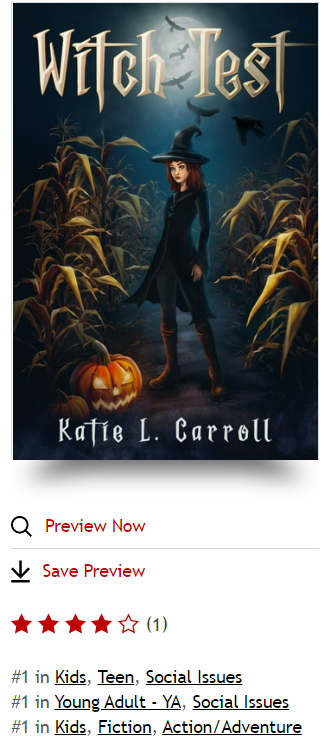Confession #9: I hate prolific writers.
Yes, I’m using the word “hate,” a word–you guessed it–I hate (it’s so unimaginative and really when you think about it, rather vague). It seems every other author I’ve ever heard of is a faster writer. Yeah, I know, it’s not a good idea to compare yourself to other writers and their processes or successes because to each his own and everything, but, man, I wish I could just write faster…and that I hadn’t heard of all these other writers who have a million books coming out all the time.
Seriously, my writer friends seem to have books releasing every day. I know about all their new books because I’m constantly hosting them here on this blog and reading their amazing stories. They post about their huge word counts (I’m happy to get a couple hundred words in a day, and I don’t even write every day…not even close to every day) and they do NaNoWriMo and write, write, write. And I love these writer friends of mine, but I hate them too. Why? Because they are so prolific and I am, well, not.
And I know what you’d say to me (because you, my dear blog readers, are a wonderful, supportive group of people). “Katie,” you’d say. “You have a preschooler and a baby, you have your editing, a husband who does housework, and a wonderful, full life.” And I’d say, “Yes, that is all true, and thank you for saying so.”
I do have all these wonderful things in my life, but I only have two published books and one collaborative work on the way, and I want more published books. I want more work to put out there. I want more time to write and when I do have time to write, I want to write more. Bottom line, I want more! “Wah, wah, wah,” right?
Then I feel guilty because there are other writers who are struggling to have anything published, writers who deserve to be published. Because I remember having that kind of wanting before ELIXIR BOUND came out, and that is a whole other kind of longing.
Back on topic, even this blog post feels like it’s taking forever to write. Why can’t my brain just get the words out of my head and onto the page in a manner that doesn’t feel like losing a 100-meter race to a slug? I’m a fast typist, so that’s not the problem. I’m a fast thinker, too. I think part of the problem is how much I have to think about things before I write them down. My process is part of who I am, not just as a writer but as a person. That’s hard to change.
I have to have a really good sense of what I’m writing before I even begin to put it down on the page. And then when I do start to get it down on the page, it spawns all these other thoughts and ideas that I have to rein my brain in. Wait, I think that means I think too fast, so it’s hard to focus on the writing and just get it on the paper. My brain moves too fast for my fingers. Plus, I’m a deliberate person. I don’t just do things nilly-willy (not saying prolific writers do things this way…only a comment on myself); I need to be ready to do things before I do them. I’m not sure there’s a way to circumnavigate that.
Okay, now I’m thinking out loud on the page, and boy, that’s a scary thought because who knows what will come out next. Let me gather my focus again. I am not a prolific writer and I may never be one because it’s just not the way I work. So all you prolific writers out there, just cut it out already! 😉





















